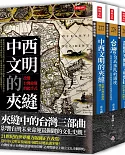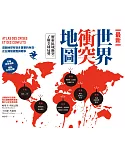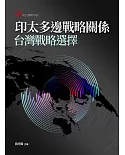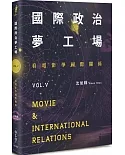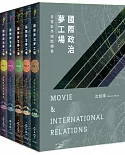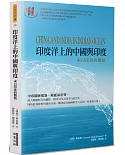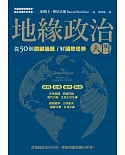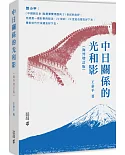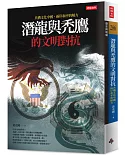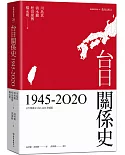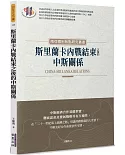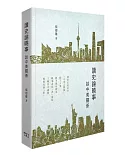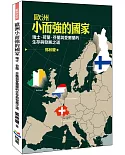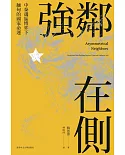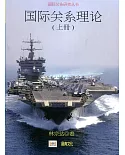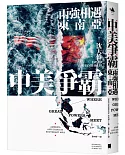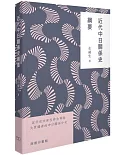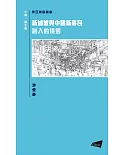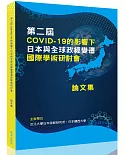Neo-neorealism! Renaissance of neorealism
◎ A neorealist theory in the wake of neoclassical realism
◎ A general theory, elegant and parsimonious
◎ Good starting point for the understanding of international relations
This book is divided into two chapters.
The first chapter examines the current problems in the neorealist theories of international politics and proposes alternatives and operational suggestions. The division between offensive and
defensive version of neorealism is unnecessary. We need a parsimonious theory that offers greater explanatory power. Therefore, this chapter proposes the systemic “interaction-structure theory”
of stability as an alternative within the materialist tradition of realism. Interaction capacity is both a source of explanation and the precondition for a system. In addition, the
offense-defense balance should be viewed as the logic of explanation. This allows the theory to explore mobility, density, and fragmentation as the new independent variables that derive from
technology, geography, and power distribution, respectively. Furthermore, the meaning of stability, the dependent variable, should also be expanded to be “the threat to peace” rather than
merely the avoidance of war. The name “interaction-structure theory” avoids giving the theory an offensive or defensive label and describes the precise content of this alternative.
The second chapter implements the interaction-structure theory of stability in international politics, which is based on Waltz’s structure theory with the concept of interaction capacity
added. After illustrating the concepts and logic, the chapter provides measurements on each of the key concepts: mobility, density, and fragmentation as independent variables, and stability as
dependent variable. Methods are then introduced to combine the three independent variables into a sole value and the hypothesis is stated. This in turn is tested with data from 1816 to 2012.
The result is very positive, revealing the superiority of interaction-structure theory in capturing the mega-trend within the system. Further advances in international relations theory are
expected.


